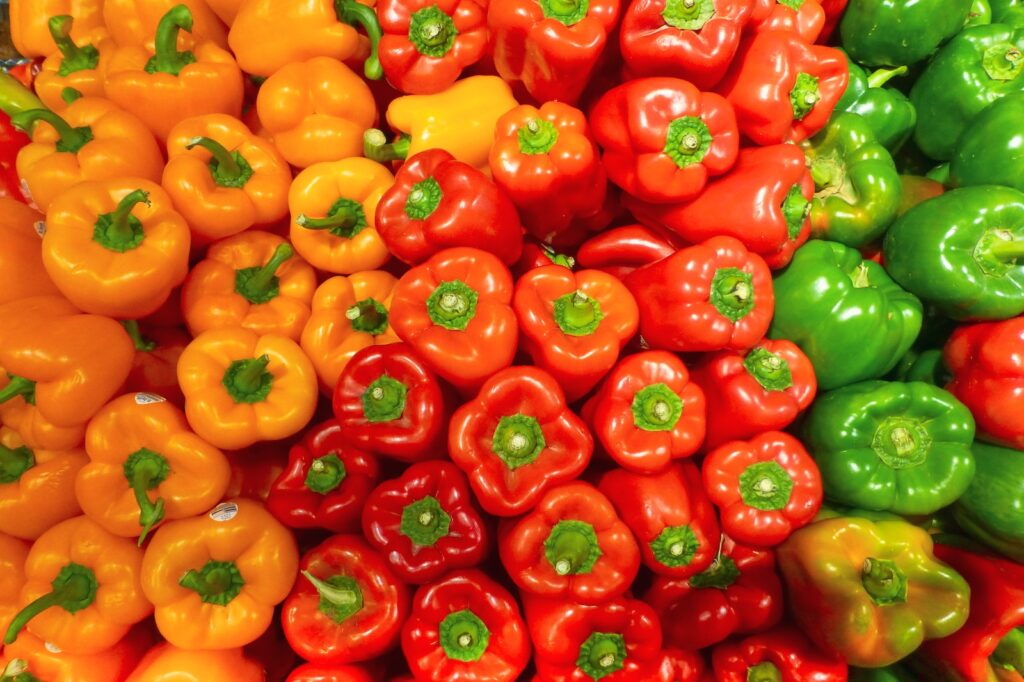- No. 268 Xianghe Street, Economic Development Zone of Xingtai city, Hebei 054001 China
- Byron@hbhongri.cn
Leading Supplier of High-Quality Dried Red Chili Pepper Flakes for Culinary Excellence
The Journey of Dried Red Chili Pepper Flakes From Farm to Table
Dried red chili pepper flakes, known for their vibrant color and fiery flavor, have become a staple in kitchens around the world. As a versatile ingredient, they are used to enhance a variety of dishes, from pizzas to curries, adding a kick that tantalizes the taste buds. The journey of these spicy flakes begins on the farm where peppers are cultivated, and it involves specific processes managed by dedicated manufacturers.
Farming and Harvesting
The production of dried red chili pepper flakes starts with the careful selection of chili varieties. Different types of chilies offer unique flavors and heat levels, making it essential for farmers to choose the right cultivar for their target market. Common varieties include cayenne, jalapeño, and Fresno peppers, each contributing distinct taste profiles.
Farmers utilize optimal growing conditions, such as well-drained soil and adequate sunlight, to cultivate robust chili plants. Once the peppers reach maturity, they are harvested by hand or machine. The timing of the harvest is crucial; peppers must be picked when they are fully ripe to ensure the best flavor and quality. After harvesting, the peppers undergo a rigorous cleaning process to remove any dirt or pests, ensuring that only the best produce moves forward.
Drying Process
The next step in the production of chili flakes is drying. This process is essential for preserving the peppers and enhancing their flavor. There are several methods for drying red chilies, including sun-drying, air-drying, and using dehydration machines. Sun-drying remains a traditional method, especially in regions with abundant sunlight, while modern dehydration techniques offer faster and more consistent results.
During the drying process, moisture content is significantly reduced, which prevents spoilage and extends shelf life. The color of the peppers transitions from vibrant red to a darker shade, and their flavors become concentrated, providing a complex taste that is highly sought after in culinary applications.
dried red chili pepper flakes manufacturer

Flaking and Packaging
Once dried, the peppers are crushed to create flakes. This step is typically carried out using industrial milling equipment that ensures the consistent size of the flakes. Manufacturers often have specific granulation requirements based on customer preferences, leading to various textures, from finely ground powder to coarser flakes.
Quality control is paramount during this stage. Manufacturers conduct rigorous testing for flavor, heat level, and color to ensure that the chili flakes meet industry standards. Additionally, they monitor for contaminants and maintain hygiene practices to guarantee a safe final product.
After processing, the chili flakes are packaged for distribution. This step includes vacuum sealing or using airtight containers to maintain freshness. Proper packaging is essential for preserving the flavor and preventing moisture absorption, which can compromise quality.
The Role of Manufacturers
Manufacturers of dried red chili pepper flakes play a crucial role in the global food supply chain. They source high-quality raw materials, implement advanced processing techniques, and adhere to food safety regulations to deliver a product that meets consumer demands. Furthermore, they often engage in sustainable practices, sourcing peppers from farms that follow environmentally friendly cultivation methods.
As the culinary landscape continues to evolve, the demand for high-quality chili flakes is rising. Whether for home cooks or professional chefs, the appeal of dried red chili pepper flakes lies in their ability to add flavor and complexity to dishes. Manufacturers are tasked with not only meeting this demand but also educating consumers about the various uses and benefits of chili flakes.
In conclusion, the journey of dried red chili pepper flakes from farm to table is a testament to the dedication of farmers and manufacturers alike. Their joint efforts result in a product that enhances the flavors of cuisines across the globe, proving that a simple spice can have a significant impact on our culinary experiences.
-
Turmeric Rhizome Powder: A Golden Treasure from Roots to TableNewsJul.28,2025
-
The Versatile Application Of Crushed Red Hot Peppers: Lighting Up The Red Flames On The Dining TableNewsJul.28,2025
-
The Paprika: A Touch Of Vibrant Red In Color, Flavor, And CultureNewsJul.28,2025
-
Ground Turmeric: A Modern Examination of an Ancient SpiceNewsJul.28,2025
-
Capsicum Liquid Extract: Features, Applications, and ChallengesNewsJul.28,2025
-
Application of Capsicum Liquid Extract in FoodNewsJul.28,2025







